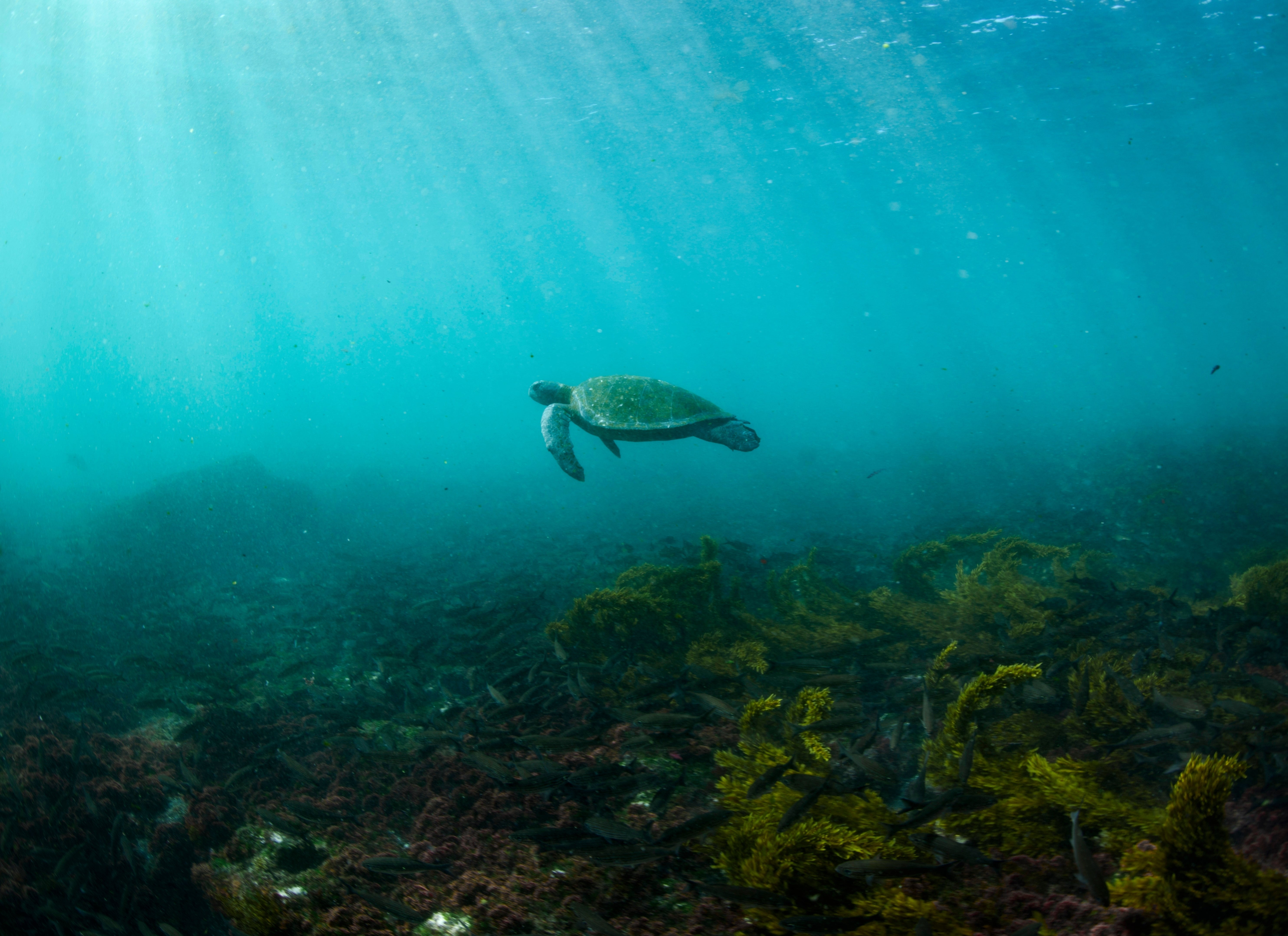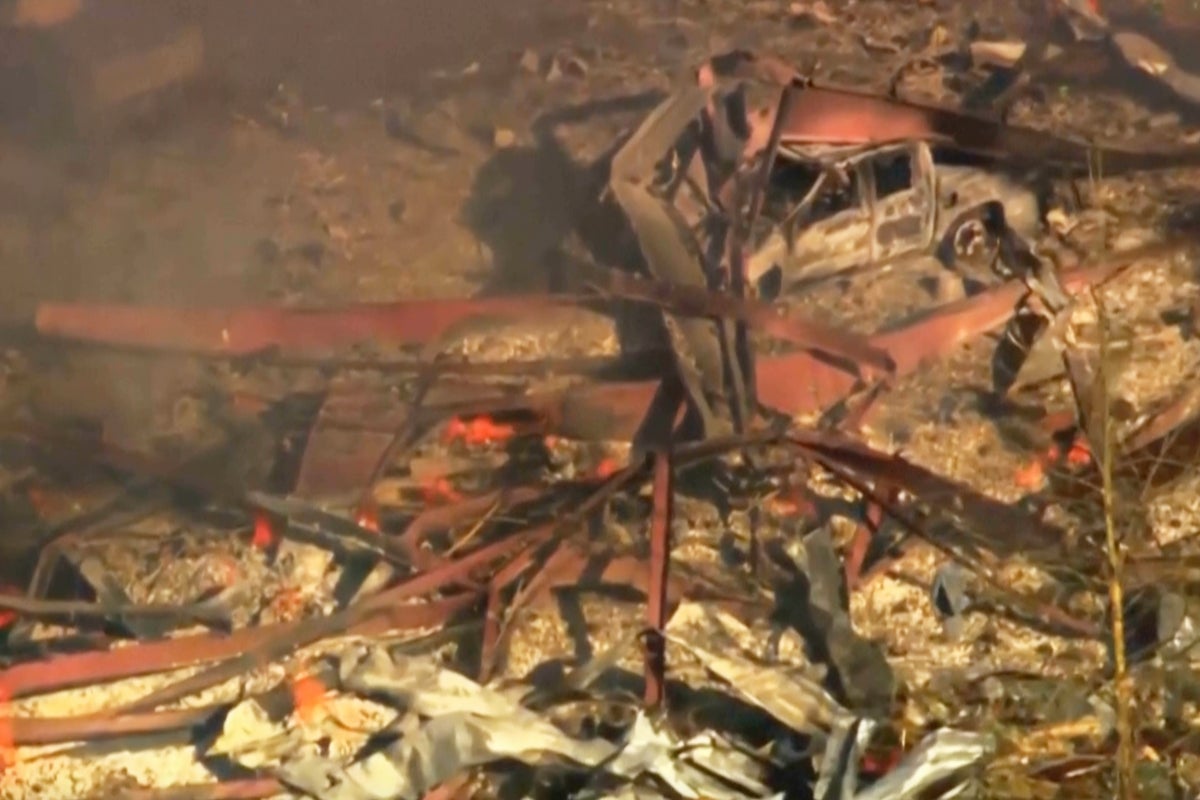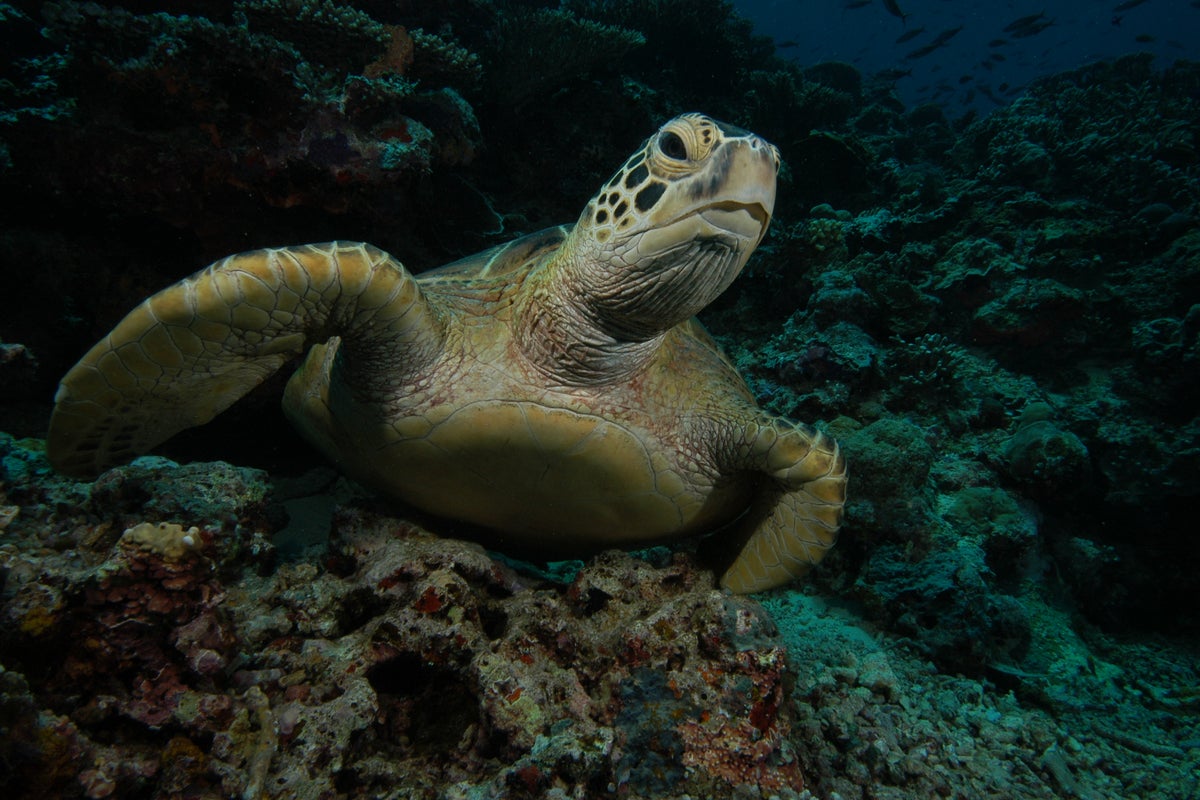The green turtle has been saved from near extinction in what scientists are calling one of the world’s great conservation success stories.
Once hunted relentlessly for its meat, eggs and decorative shell, the species saw its numbers collapse in the 20th century and has been listed as endangered since the 1980s.
But after decades of protection efforts, from safeguarding nesting beaches to reducing accidental catches in fishing nets, global populations have started to rebound.
Research published by the International Union for the Conservation of Nature (IUCN) Red List said global populations of green turtles have increased approximately 28 per cent since the 1970s.

Green turtles are one of the largest species of sea turtle, named after the greenish colour of their body fat, which stems from the animal’s plant-based diet.
The work to save the species has included patrolling beaches, shielding mothers and their eggs, releasing hatchlings into the sea, educating coastal communities and introducing fishing gear that prevents turtles from being accidentally trapped.
The latest update to the list, released at the organisation’s world congress in Abu Dhabi, shows the green turtle has been downgraded from “endangered” to “least concern”.
The IUCN’s list now includes 172,620 species, of which 48,646 are threatened with extinction.
“The ongoing global recovery of the green turtle is a powerful example of what coordinated global conservation over decades can achieve to stabilise and even restore populations of long-lived marine species,” said Roderic Mast, co-chair of IUCN’s species survival commission marine turtle specialist group.
“Such approaches must focus not only on the turtles, but on keeping their habitats healthy, and their ecological functions intact. Sea turtles cannot survive without healthy oceans and coasts, and humans can’t either. Sustained conservation efforts are key to assuring that this recovery lasts.”
Despite the latest news, scientists warned that green turtle populations remain far below their historical numbers and face continuing threats from habitat destruction, fishing and climate change.
In some regions, including Raine Island in Australia, hatchling success rates are falling, a sign that conservation efforts must continue.


